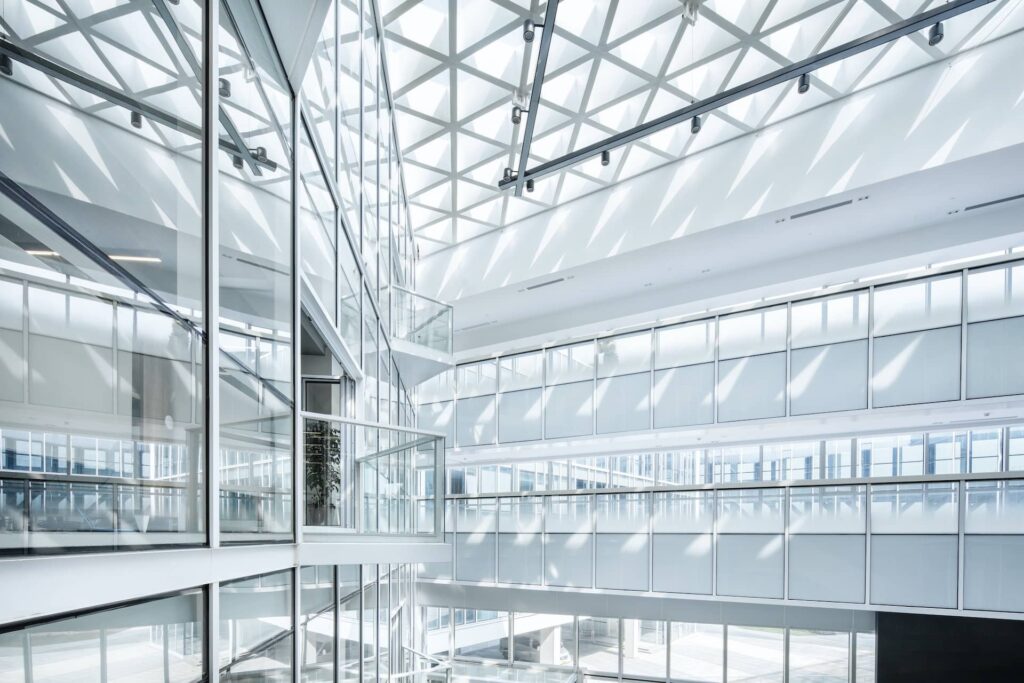Despite the undeniable shift towards digitalisation, the role of print in the workplace is far from obsolete and still holds significance in today’s office environments.
Coexistence of Print & Digital
While digital communication and collaboration tools have become essential, the tactile nature of print remains valuable for certain tasks. Print in office environments can now run alongside digital technologies with printed materials offering tangible benefits such as enhanced readability and better retention of information.
Print’s Role in Branding & Marketing
Printed materials continue to play a crucial role in branding and marketing strategies. Business cards, brochures, flyers and other promotional materials create lasting impressions on clients and potential customers. Print adds a sense of authenticity and professionalism – and is more likely to actually be read than its digital counterpart! – making it an indispensable component of a comprehensive marketing strategy.
Print as a Complementary Learning Tool
In educational and training environments, the combination of print and digital resources offers a powerful and well-rounded learning experience. Print textbooks and manuals provide learners with focused reading materials, minimising distractions that digital devices can sometimes present. Additionally, printouts of digital resources can serve as convenient study aids, allowing individuals to annotate, highlight, and make personalised notes.
Sustainable Printing Practices
As sustainability becomes increasingly on the agenda for businesses, the print industry has responded with innovative solutions. The rise of eco-friendly practices such as using recycled papers, utilising energy-efficient printing technologies and implementing responsible waste management has significantly reduced the environmental impact of print.
Print Management Solutions & Automation
To optimise print usage and streamline workflows, modern office environments are adopting print management solutions and automation tools. These technologies allow businesses to monitor and control print devices and their usage more efficiently, leading to cost savings and enhanced productivity. Features like user authentication, print quotas and rules-based printing help organisations regulate and optimise print usage while minimising waste.
Evolution of 3D Printing
The advent of 3D printing technology has revolutionised the manufacturing industry and offers exciting possibilities for office environments. While not strictly traditional print, 3D printing allows businesses to create physical prototypes, architectural models, and customised objects in-house. This technology fosters creativity, speeds up the design iteration process and enables rapid prototyping, ultimately boosting innovation and reducing time-to-market.
Conclusion
While the digital transformation of office environments is undeniable, the future of print remains dynamic and adaptive. Print continues to hold its ground in branding, marketing, security, education and as a complement to digital tools. Ultimately, a balanced approach that combines the benefits of both print and digital technologies will result in optimised workspaces.
